You will leave Alcuéscar walking through olive groves and pastures until you cross the bridge over the river Ayuela and reach the village of Casas de Don Antonio. You will continue parallel to the national road and you will pass by two milestones and a Roman bridge that crosses the Santiago stream. From here you will have to decide whether to take the shortcut through Aldea del Cano or continue along the marked path, arriving in both cases at Valdesalor. The small village of Valdesalor has services for refreshments and precedes the Puerto de la Camelia, the hardest part of this stage. You will have to cross the pass and an open field to get to Cáceres.
Cáceres, like its sister city in Extremadura, Mérida, has a network of well-preserved historic architecture, which was declared a World Heritage Site by UNESCO. From the Plaza Mayor you can admire the Arco de La Estrella, the Torre de Bujaco, the Town Hall, the Torre de la Hierba and the Foro de los Balbos. Among other things, you should visit the Co-cathedral of Santa María and the Provincial Museum, where the impressive Almohad Aljibe (water cistern) is located. On the gastronomic level Cáceres will conquer you, it has its own cheese of the area, the torta de Casar, as a product with its own Denomination of Origin, which is still produced today in a very traditional way.
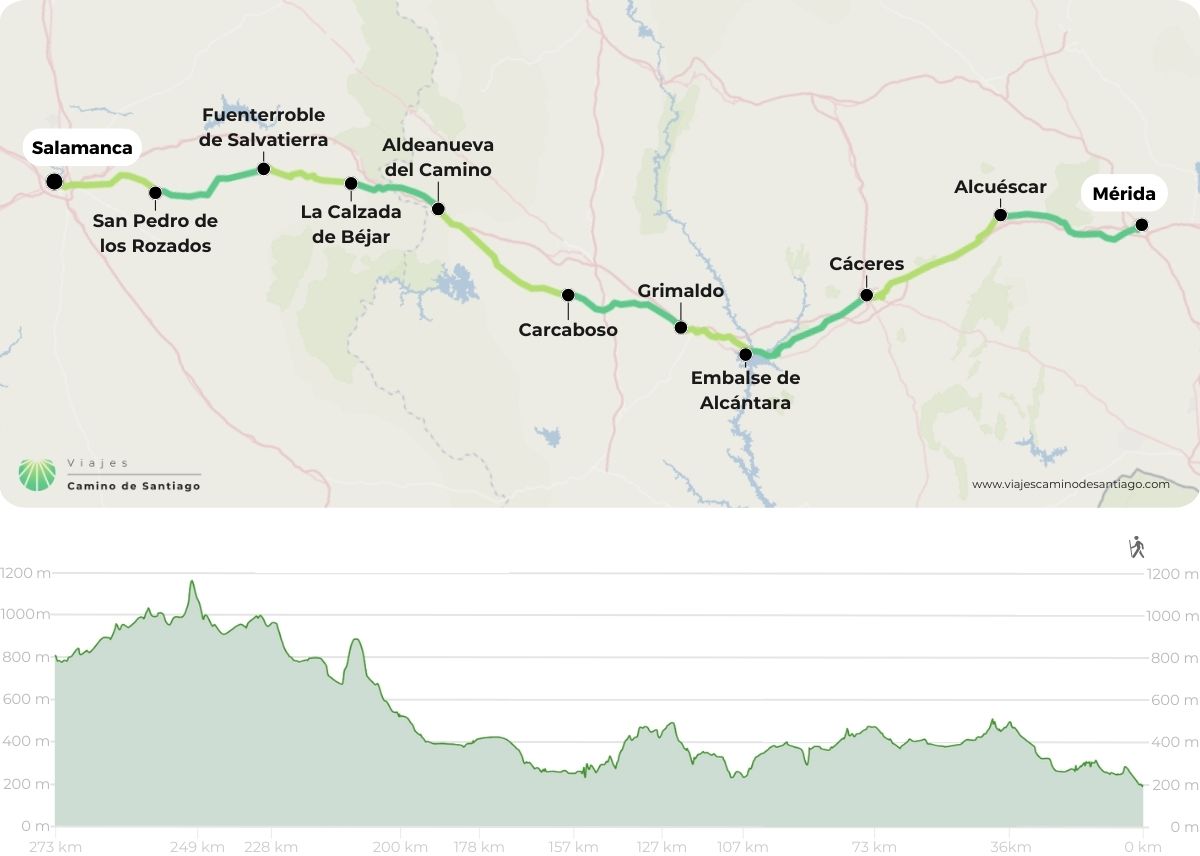
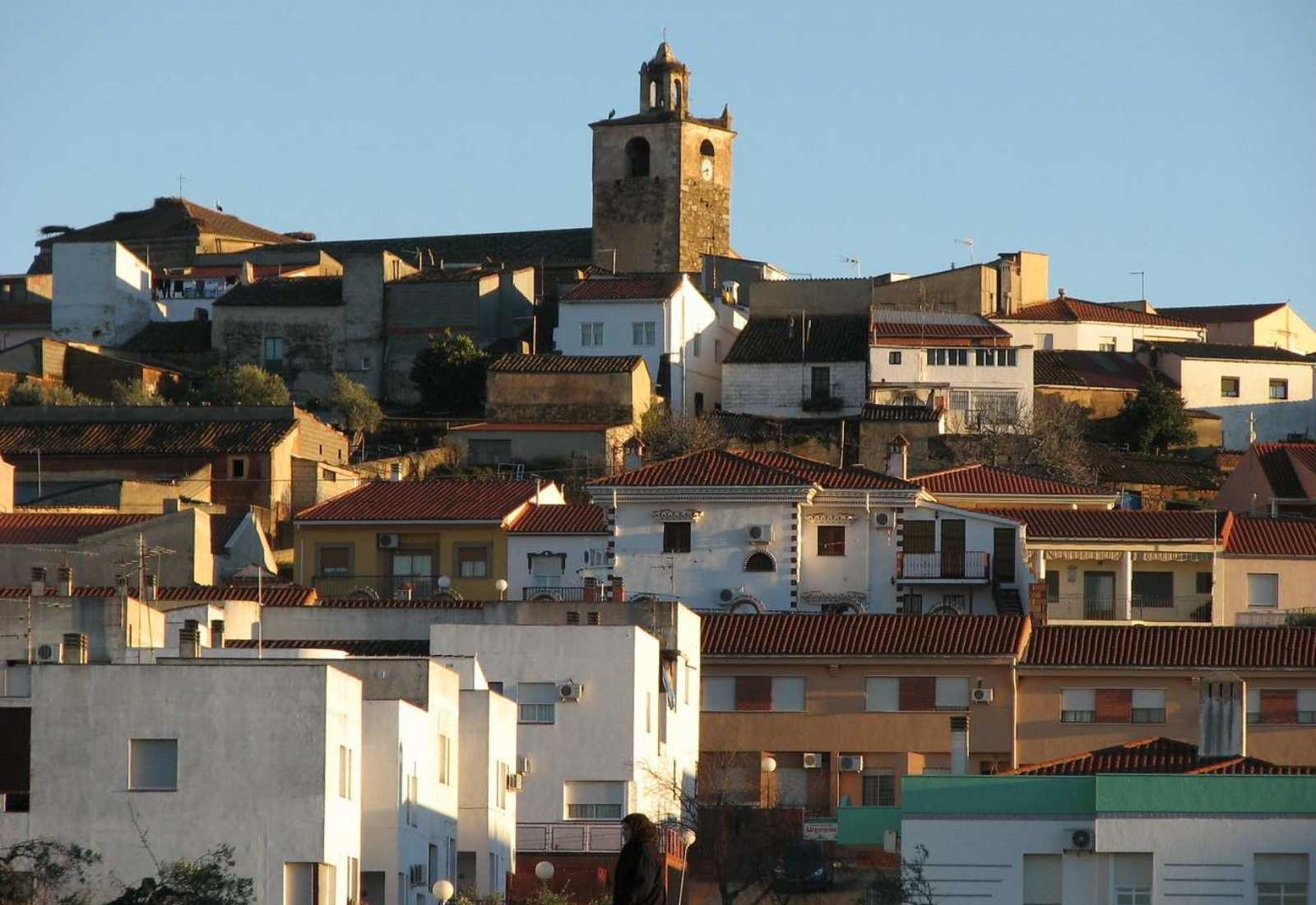
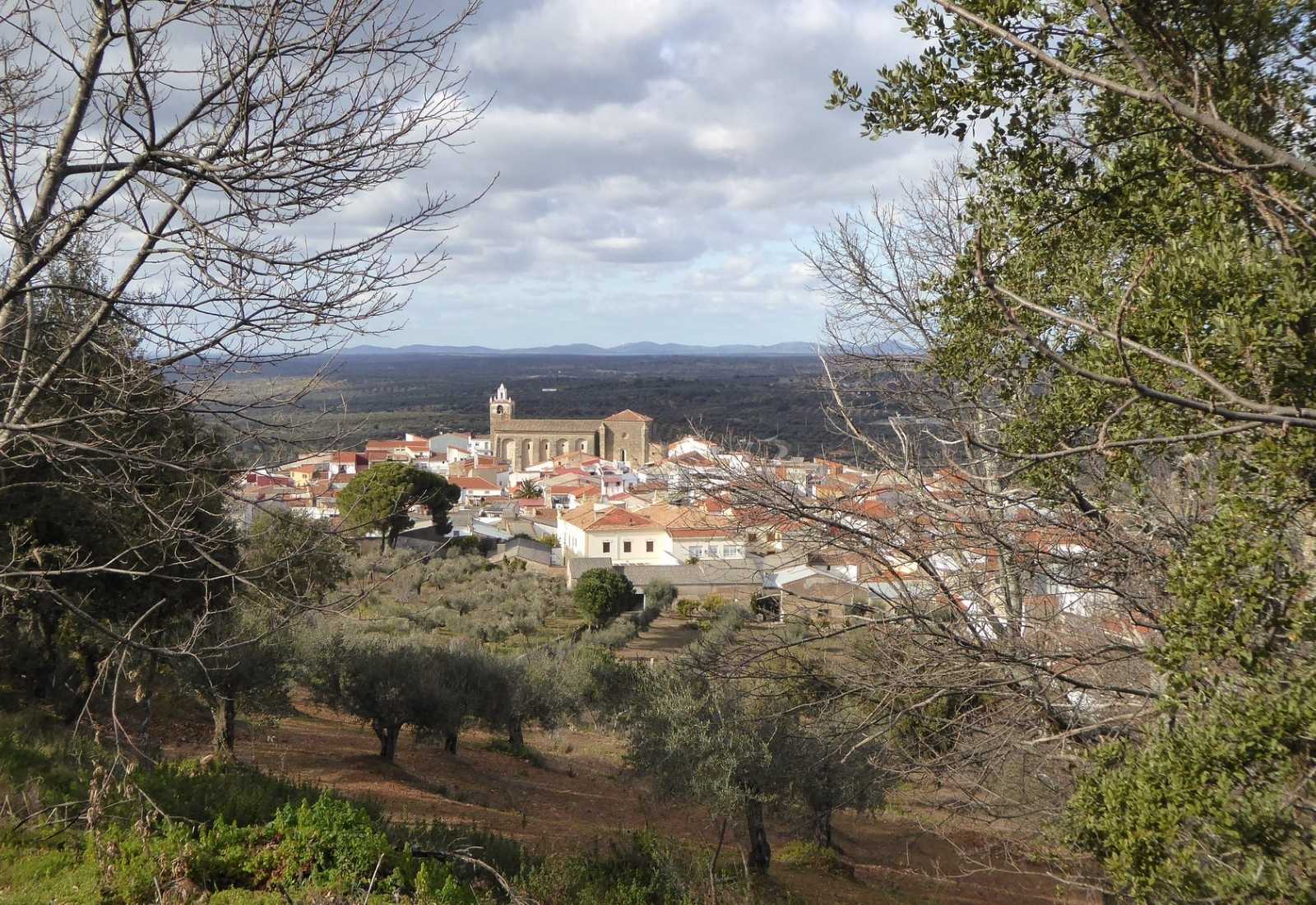
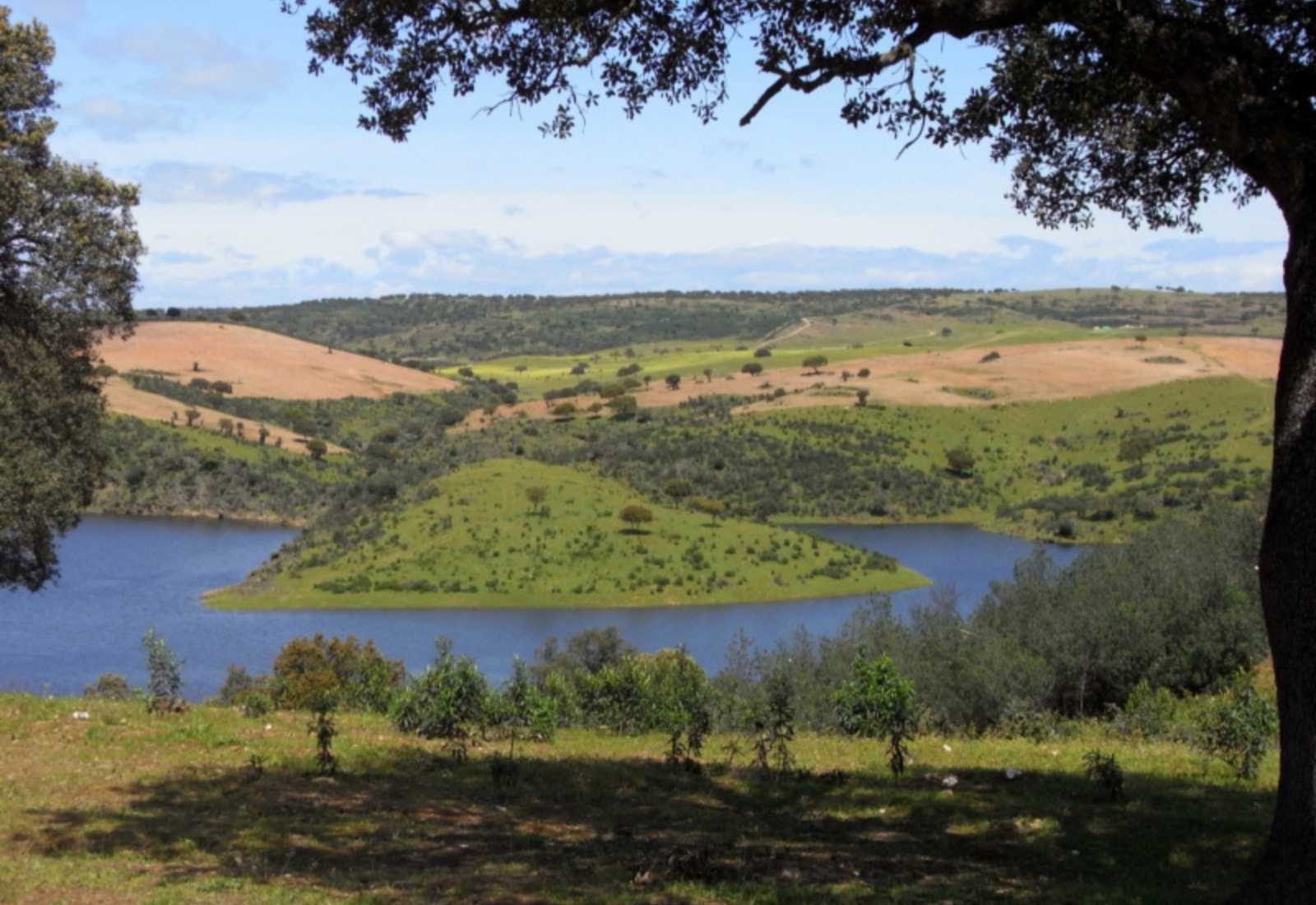
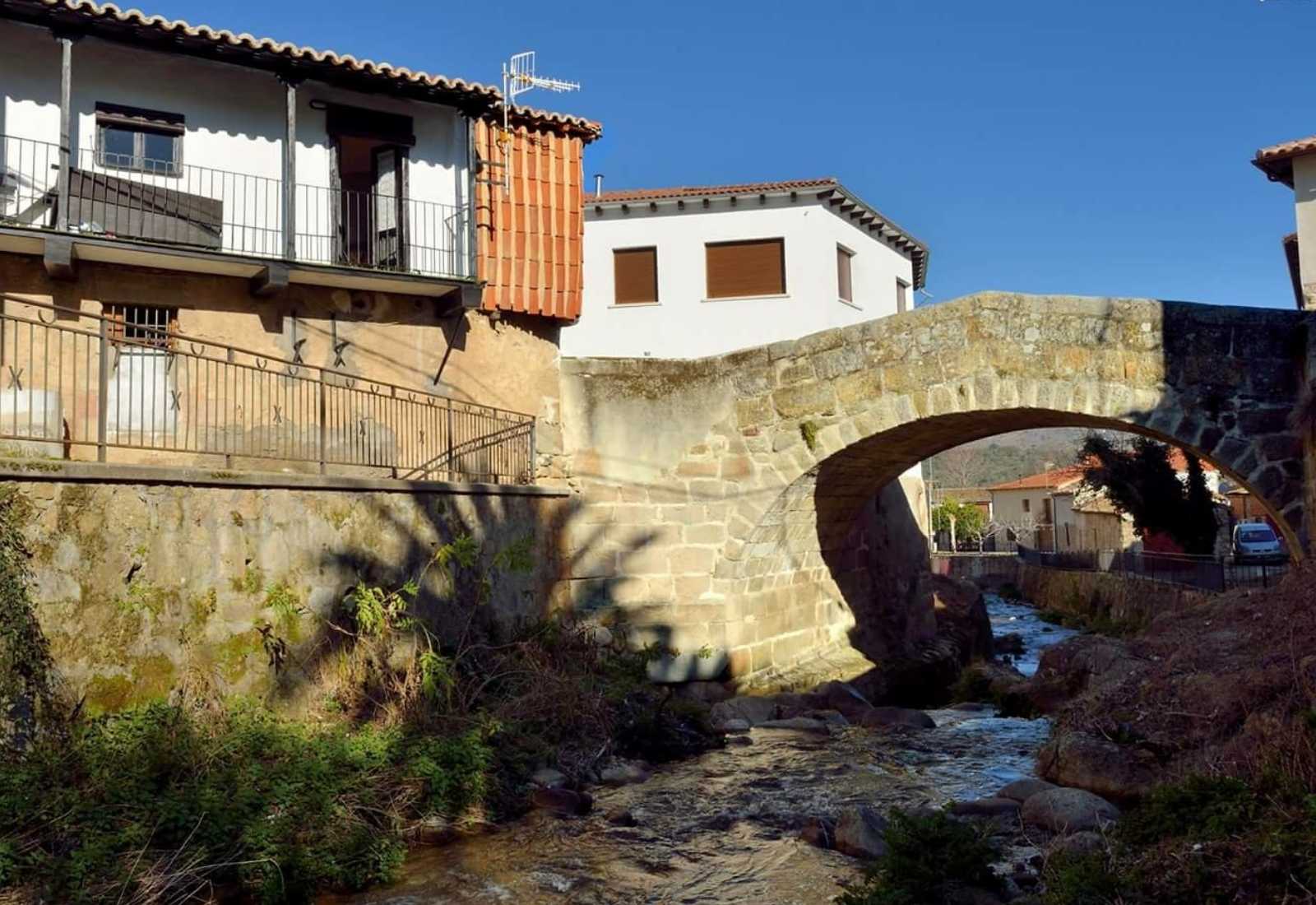
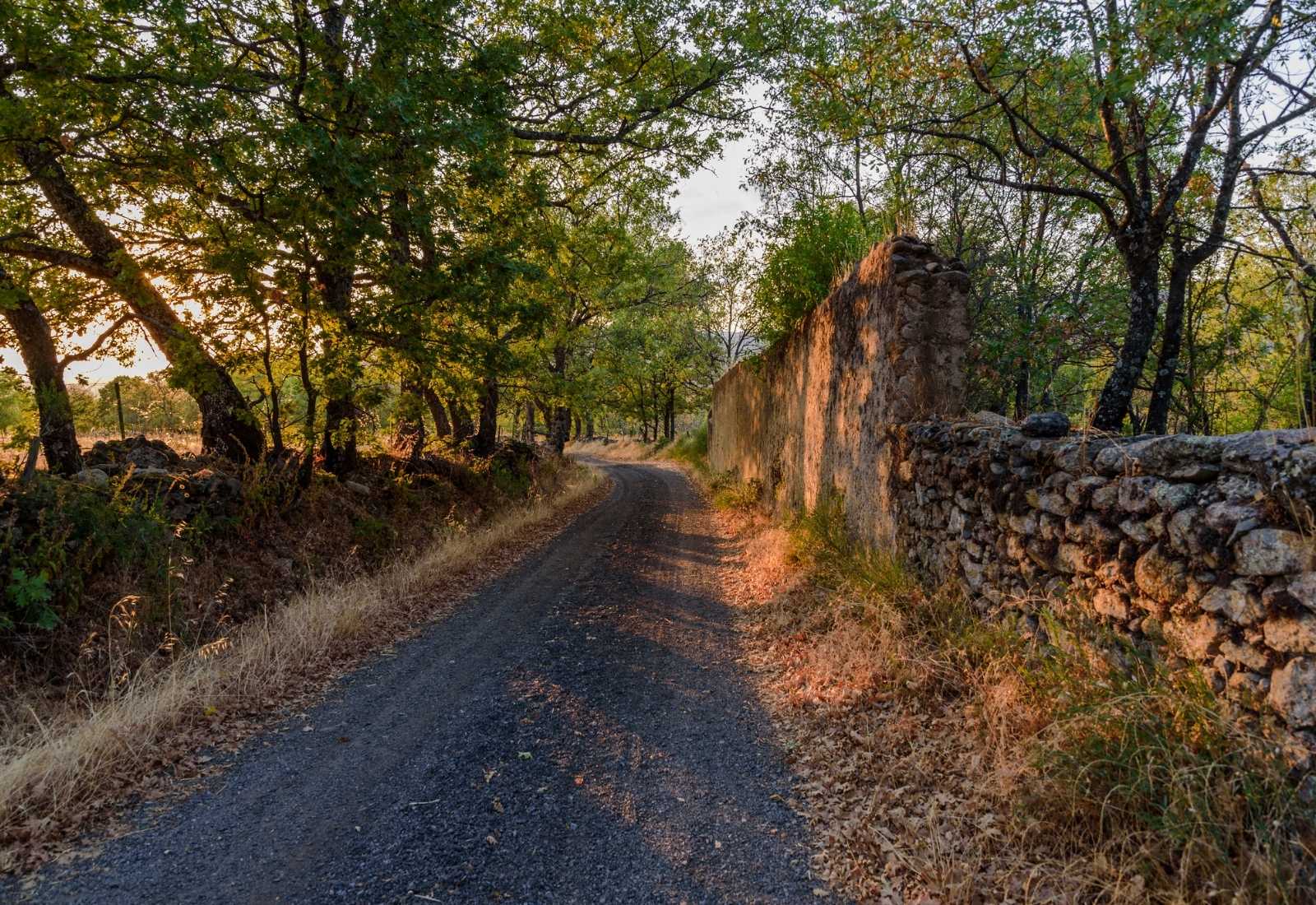
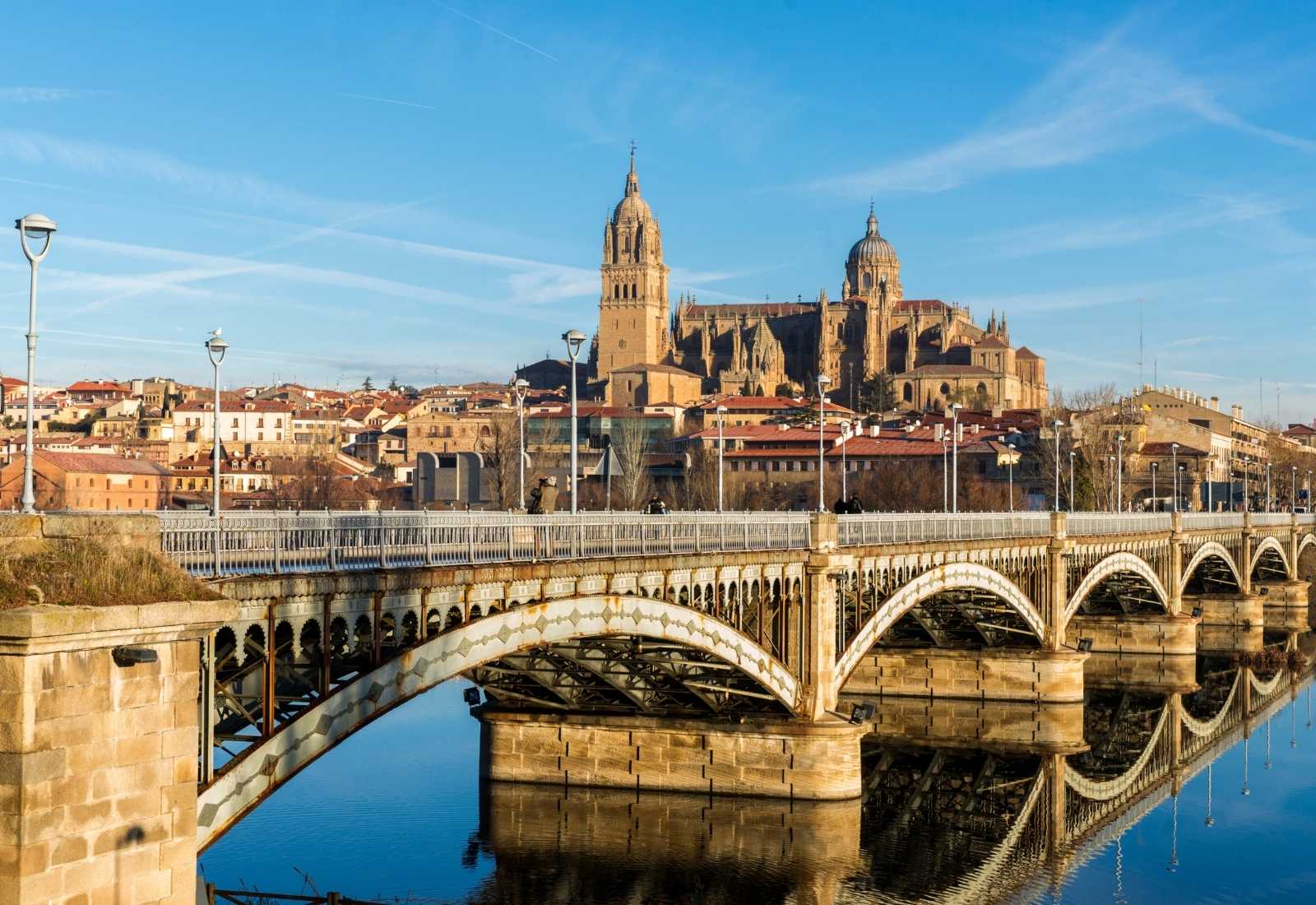

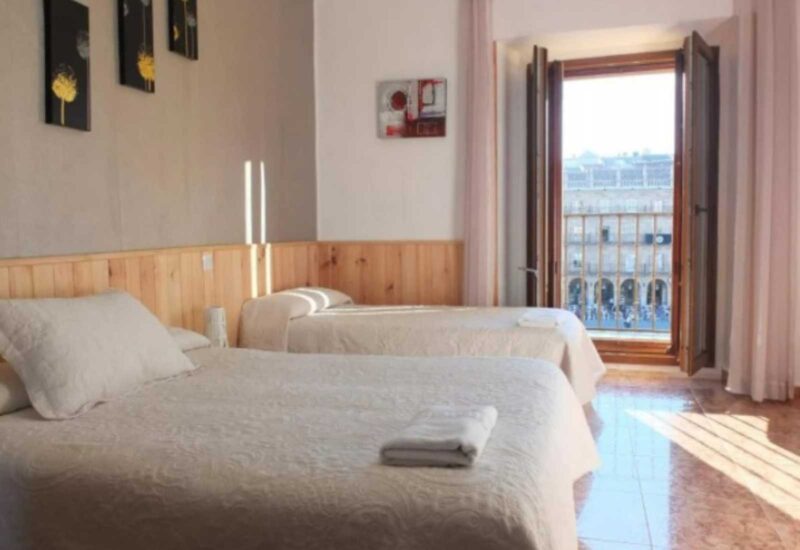
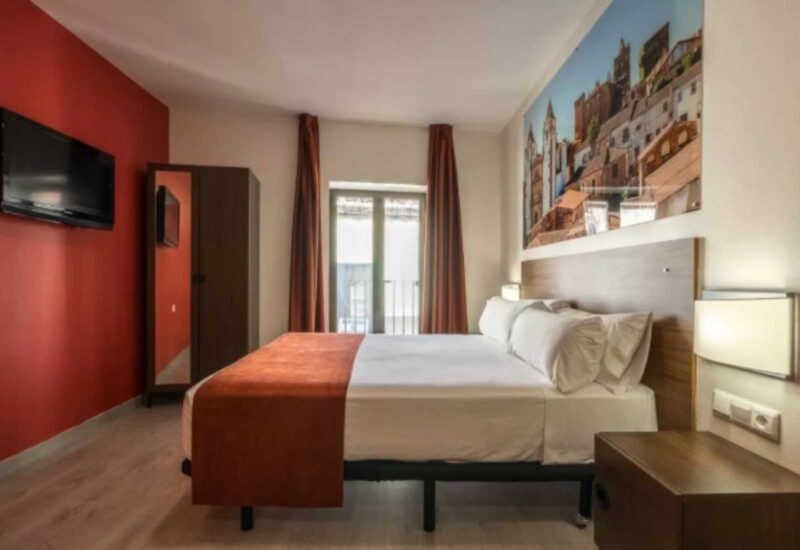
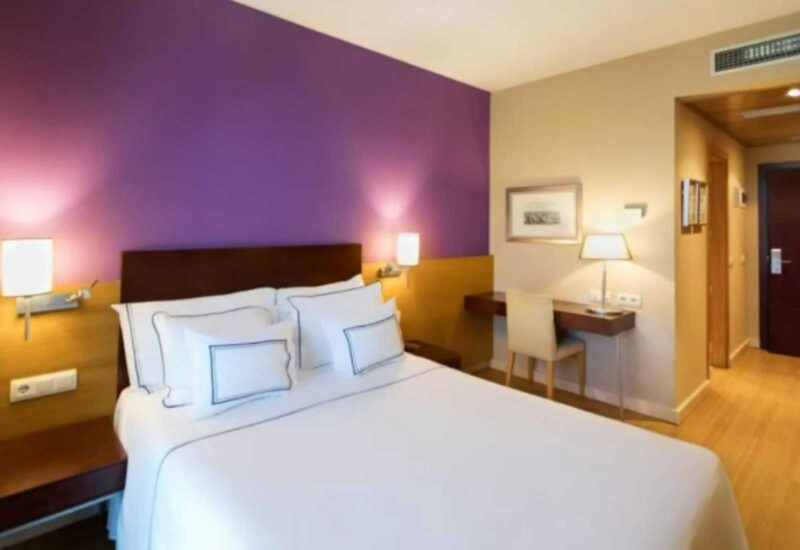
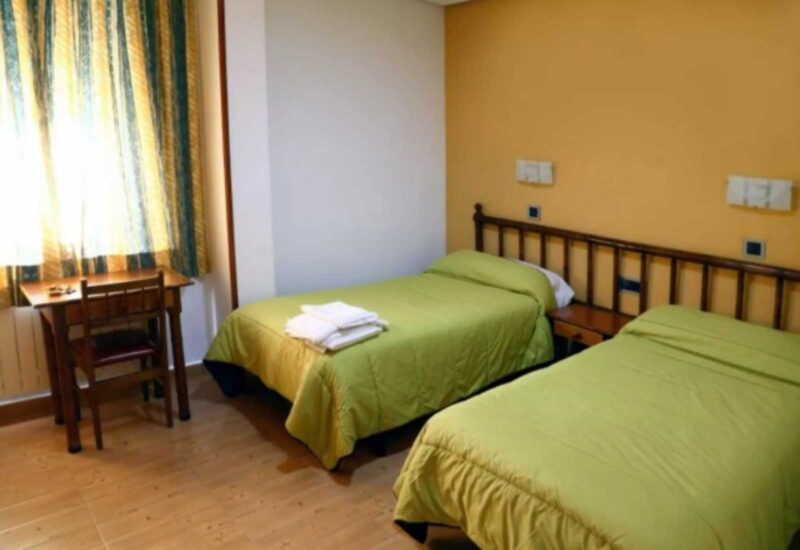
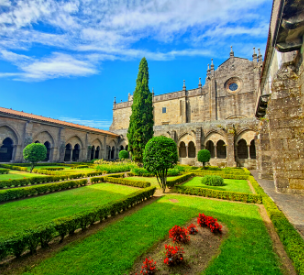
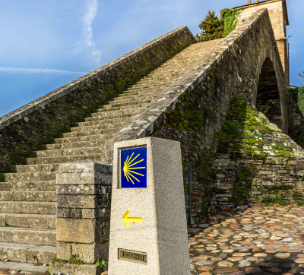
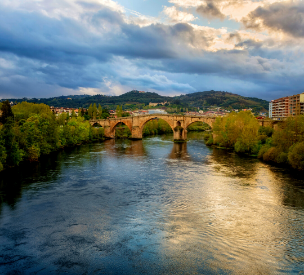
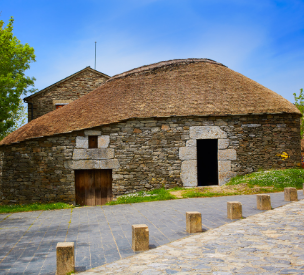
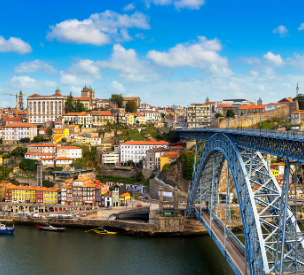

Reviews
There are no reviews yet.